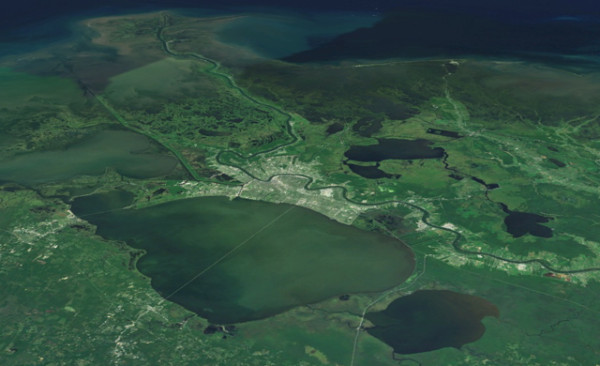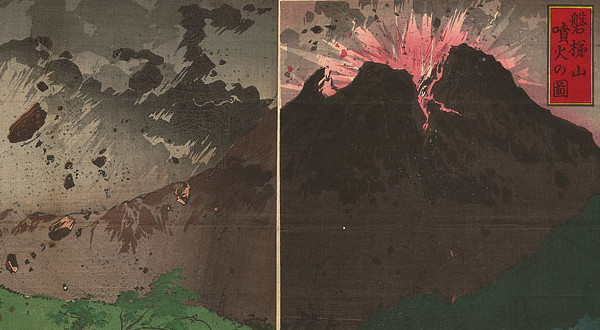I have a nonfiction story online today over at Trop about my experience during Hurricane Katrina and the Great East Japan Earthquake. I was in Fukushima for Katrina, and in New Orleans for the quake, the tsunami, and the ensuing nuclear disaster. Strange days.
New Orleans and Japan are both defined and cursed by their geographies: Zoom out from the French Quarter, and people unfamiliar with the area are generally shocked by how little land there is in southeastern Louisiana.
While certain areas of Japan are farther from quake zones than others, nowhere is immune, and all across the island there are reminders that disaster could strike at any moment.
About half an hour to the east of the town where I lived was the small town of Bandai (磐梯), which is shadowed by Mount Bandai. The mountain is about half the height of Fuji, but it makes for a much prettier climb since it is covered in trees and surrounded by beautiful terrain. I climbed it three times, once every year I taught. The southern face of the mountain is a familiar mountain landscape: green in the summer, brown and white in the winter. It looks out onto Lake Inawashiro, and the Inawashiro ski resort on the skirts of the mountain; the smooth slopes were covered with snow by New Year’s, and more adventurous teachers than myself spent nearly all of their free time zipping down the runs in the winter.
The north side was rocky and scarred. On July 15, 1888, three earthquakes hit the region, and shortly after the third, a large volcanic eruption blew out the northern face and resulted in a landslide that covered towns at the foot of the mountain. Nearly five hundred people died. In the place of the destroyed villages and croplands, the eruption created five lakes of all different colors, which is reflected literally in the name of the area: 五色沼 (ごしきぬま). The area is filled with onsen and hiking paths.
Whenever I climbed Bandai, I parked on the south side, took an early bus around the mountain to the lakes, and then hiked up to the top. In certain places, the north side feels like the bottom of an empty riverbed or a forgotten quarry. We scrambled over large rocks making our way to the steeper ascent, which was lined with chains to help climbers. I often wondered if it would blow again, without any warning, as we were climbing.


